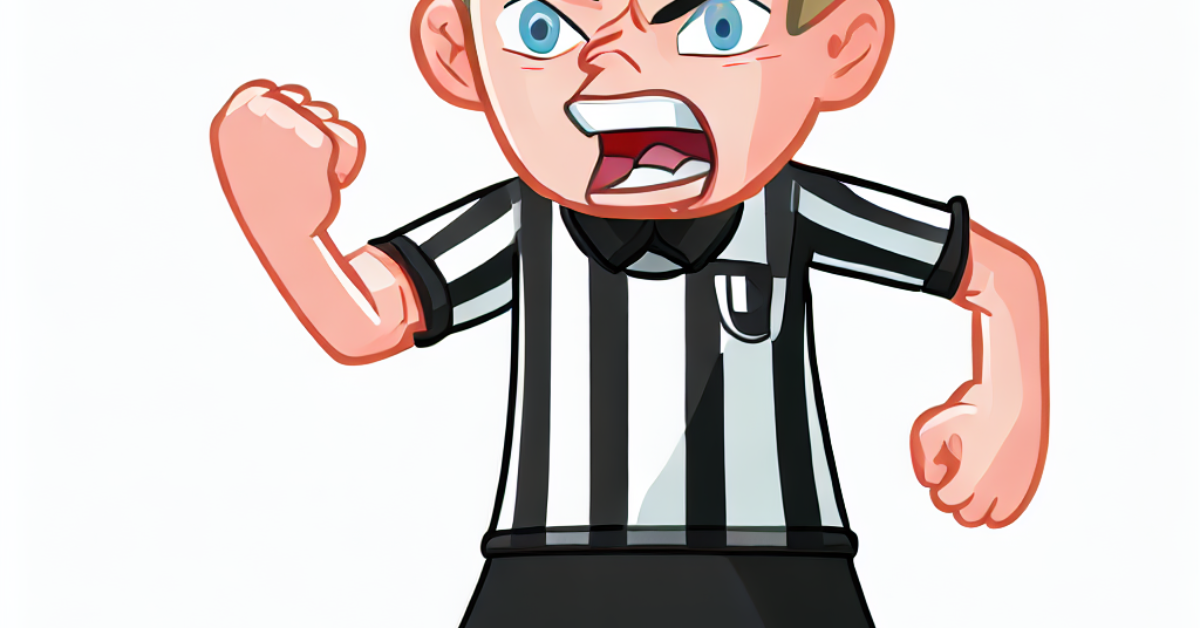The offside rule in soccer is a double-edged sword. While it’s designed to maintain fairness and balance on the pitch, it’s also one of the most contentious and frustrating aspects of the beautiful game. Let’s delve into the mechanism of the offside rule, revisit some infamous offside decisions in prominent games, and offer a solution for new players looking to avoid being caught offside.
The Mechanism
The offside rule is deceptively simple in concept but often bewildering in execution. It states that a player is offside if they are nearer to the opponent’s goal line than both the ball and the second-to-last defender (usually the last outfield player) at the moment the ball is played to them. This rule is in place to prevent “goal-hanging” or “cherry-picking,” where an attacker positions themselves closer to the goal than the defenders when the ball is passed to them.
Infamous Offsides
Now, let’s revisit some memorable offside decisions that have fueled debates and controversies in prominent soccer games:
- Diego Maradona’s “Hand of God” and “Goal of the Century” (1986): In the quarter-final of the 1986 World Cup, Maradona scored a goal that would go down in history. However, many forget that his second goal in that match, known as the “Goal of the Century,” came from a position that would undoubtedly be ruled offside today.
- Frank Lampard’s Disallowed Goal (2010): In the 2010 FIFA World Cup, Frank Lampard’s long-range effort against Germany hit the crossbar and clearly crossed the goal line. However, the officials failed to award the goal, sparking discussions about the use of technology to aid referees.
- Arjen Robben vs. Manchester United (2010): In the 2010 UEFA Champions League quarter-final, Arjen Robben was ruled offside, denying Bayern Munich a potential match-winning goal. Replays suggested that Robben was indeed onside, leading to frustration among fans and players.
Avoiding Offsides: A Solution for New Players
For new players looking to avoid the dreaded offside position, understanding the rule’s nuances is key. Here’s a simple solution:
- Study the Line: Pay close attention to the defenders’ line, particularly the second-to-last defender. Position yourself in line with or slightly behind them when your teammate makes the pass. This minimizes the risk of being caught offside.
- Timing is Everything: Your positioning relative to the last defender should be timed with the pass, not when the ball is received. Anticipate the pass and make your run accordingly.
- Quick Decision-Making: Once the ball is played, be quick in your decision-making. If you’re in an offside position but don’t attempt to play the ball, the referee won’t penalize you.
- Maintain Vigilance: Keep an eye on the assistant referee (linesman) for their flag. If it goes up, you’re likely in an offside position.
Mired in controversy
The offside rule in soccer, though often mired in controversy, is integral to maintaining fairness on the pitch. Infamous offside decisions continue to be discussed and debated by fans around the world. For new players, mastering the art of staying onside is a crucial skill that can enhance your effectiveness as an attacker. By understanding the mechanics of the rule, timing your runs, and remaining vigilant, you can minimize the risk of being caught offside and ensure that your goals are celebrated, not disallowed. It’s a love-hate relationship with the offside rule, but mastering it is a rite of passage for every aspiring soccer player.

